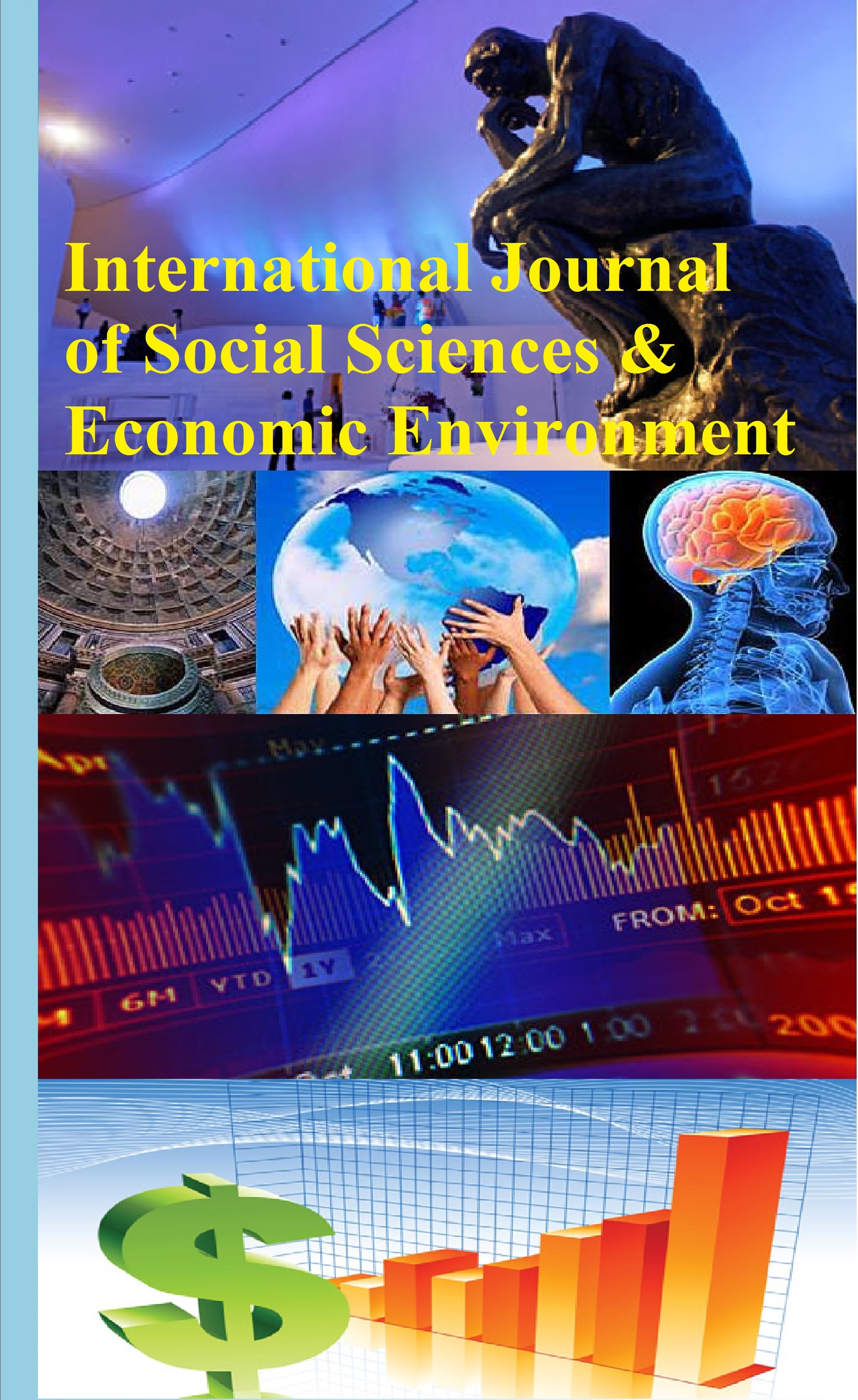ABSTRACT
Aim of the study: From 2009 to 2017, this study examines the impact of information and communication technology on economic growth in 24 Tunisian regions.
Methodology: The DEA model and the Malmquist index (MI) were used to evaluate trends in the efficiency of digital economy growth and ICT application in 24 Tunisian regions from 2009 to 2017.
Finding: The findings imply that the efficacy of ICT will eventually lead to Tunisia's economic growth. Furthermore, policymakers should focus on promoting monetary policy and distributing resources efficiently for the country's long-term growth.
Practical implications: From 2009 to 2017, the DEA model and the Malmquist index were used to assess trends in the efficiency of digital economy growth and ICT use in 24 Tunisian regions. (MI). The successful approach might show Tunisian economic leaders the flaws and strengths of their national goals for digital economy growth, as well as the factors that are driving the digital divide to widen with other growing nations.
Originality/value: We use the Malmquist productivity index and data envelopment analysis (DEA) to track trends in the efficacy of digital economy growth in Tunisian regions.
Keywords: Economic growth, Data envelopment analysis, Digital economy, ICT
Paper type: Research paper
 Check for Updates
Check for Updates




